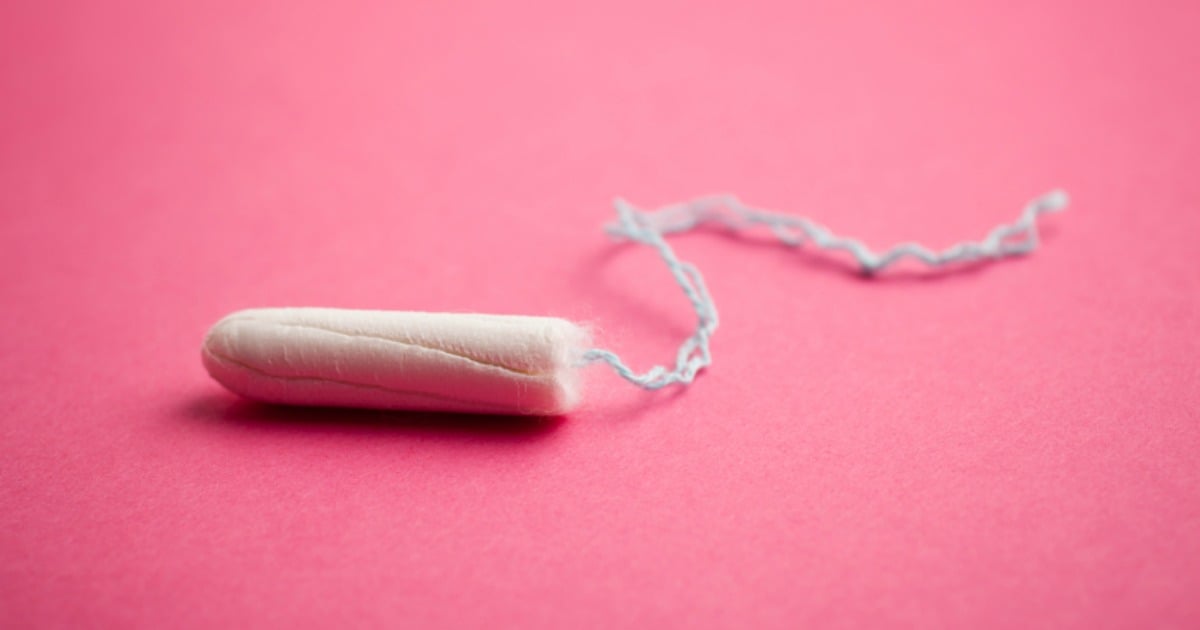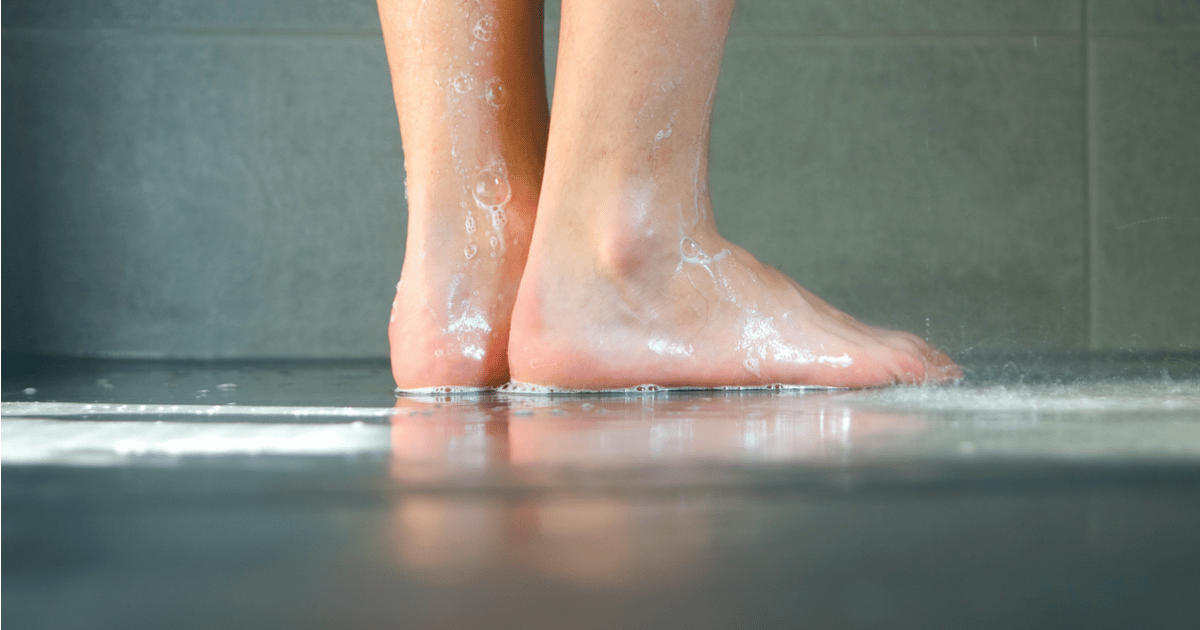
By Jane Chalmers, Western Sydney University and Lorimer Moseley, University of South Australia
If you have pain in your vulva, you’re not alone. Around 16 per cent of women will have vulvar pain lasting longer than three months. They aren’t neurotic or promiscuous. It’s likely they are suffering from a condition called vulvodynia.
Only people with a vulva can develop vulvodynia, but that’s where the discrimination stops. The condition occurs in women of all ages and ethnicities, regardless of education, skin type, sexual preference or relationship status.
The pain can be brutal and is commonly described as stabbing, burning or knife-like. It might happen only when the vulva is provoked, as when it’s touched by clothing or attempted penetration, or it can be constant. Not surprisingly, vulvodynia can severely impact a woman’s quality of life.
Vulvodynia and its costs.
About half of our species has a vulva, yet surprisingly few know what, or where, it is. The vulva refers to the external genitalia of females: the clitoris, labia, vaginal opening and Bartholin’s glands, which provide the natural lubricant for the vagina. It has a rich supply of specialised nerves and gives pleasure when properly stimulated.
The vulva doesn’t extend to the vagina itself, which, contrary to common parlance and high-profile art exhibitions, is on the inside, not the outside.
Watch: Dr Ginni Mansberg on what makes a vagina “normal”. (Post continues after video.)

